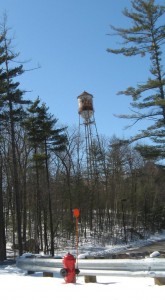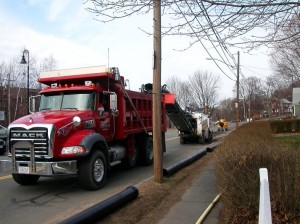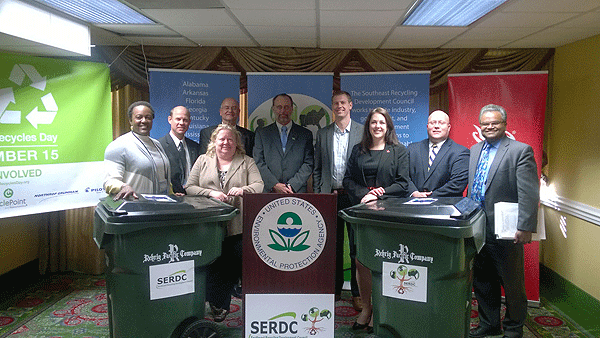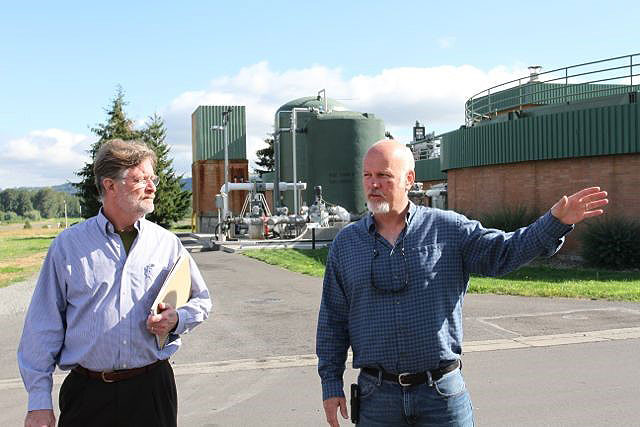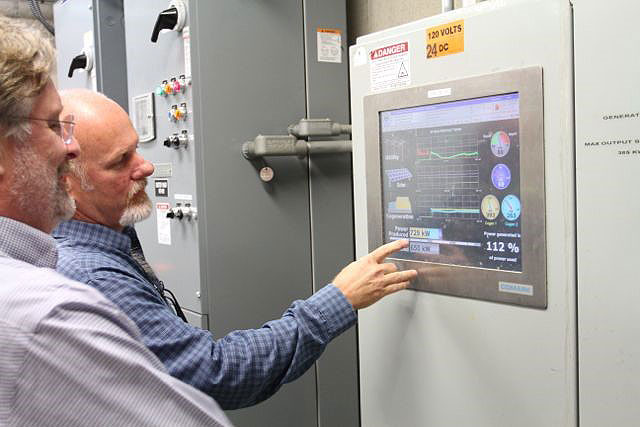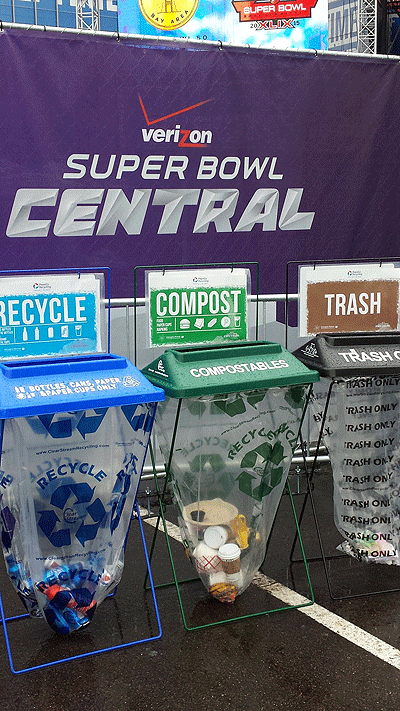Waste and Materials Tracking Now Available in EPA’s ENERGY STAR® Portfolio Manager®
By Mathy Stanislaus and Janet McCabe
While you might not think about buildings as polluters, the places where we work, shop and learn offer a significant opportunity to save energy, save water, reduce greenhouse gas emissions and reduce waste. The good news is that for many buildings, measuring and tracking energy and water use has become standard operating procedure.
Waste and materials are another story, however. Materials can include items such as furniture, construction materials, and equipment. Up to this point, there hasn’t been an easy or consistent way to track waste in commercial buildings and manufacturing facilities. That’s a problem since these facilities are responsible for nearly half of the 167 million tons of waste that wind up in incinerators or landfills each year.
Material recovery and waste reduction are essential components to the productive and sustainable use of materials across their entire life cycle to conserve resources, reduce waste, slow climate change and minimize the environmental impacts of the materials we use. EPA’s 2009 report, Opportunities to Reduce Greenhouse Gas Emissions through Materials and Land Management Practices, shows that approximately 42 percent of U.S. greenhouse gas (GHG) emissions are associated with materials management. Since new and existing buildings include materials such as furniture, construction materials and equipment, buildings represent a good opportunity for improvement and GHG reductions in America.
That’s why two years ago EPA began collaborating with leading building owners, managers, and waste haulers to identify key metrics and waste management options to add to ENERGY STAR Portfolio Manager, the Agency’s popular online energy and water measurement and tracking tool.
Portfolio Manager is actually the industry standard energy measurement and tracking tool for commercial buildings in the United States and Canada. More than 450,000 U.S. buildings, representing over 45 percent of the nation’s commercial building space, have been benchmarked in Portfolio Manager, as well as more than 10,000 buildings in Canada. These buildings are already using the tool to benchmark and improve performance, prioritize investments, and verify reductions in energy and water use across these tens of thousands of buildings.
We’re proud to debut the result of this collaboration. Portfolio Manager now includes a new waste and materials tracking feature. It’s designed in a way that allows for flexibility and basic comparative analysis, recognizing that the type and quality of available waste and materials management data vary widely.
With the addition of waste and materials tracking in Portfolio Manager, building owners and managers can now apply their successful energy management techniques holistically to reduce not only waste, but also the associated carbon footprint that results from landfill decomposition and incineration, as well as the costs of disposal.
Historically, waste management activities haven’t been well measured and tracked in commercial buildings. However, as we learned from our experience with energy tracking, standardized measurement is the cornerstone of building management practices that drives improvement.
It’s incredibly rewarding when we can work together with businesses and organizations to offer new tools and capabilities that not only help them save money, but also help their communities remain economically competitive and support a healthy environment. We can’t wait to see what innovations lie ahead as owners and managers tap the same wealth of knowledge and creativity they’ve used to reduce energy, water, and greenhouse gas emissions, and apply it to the important issue of managing and reducing waste and materials. To learn more, visit www.energystar.gov/trackwaste.

